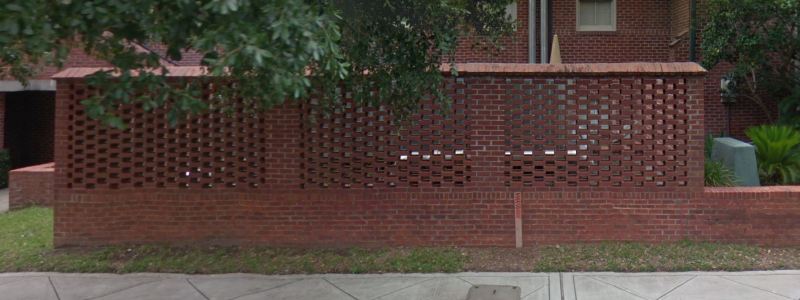jturley
Structural
- Jan 4, 2018
- 4
I've got a project where I have to design a brick lattice wall to match an existing wall for a Church addition. Its an exterior site wall with brick pilasters in between the lattice work. See the attached pic. How in the world do I run a number on the lattice work for out of plane forces. There's no steel that I can put in it because there is only enough room on the overlapping bricks for a small bead of mortar.


